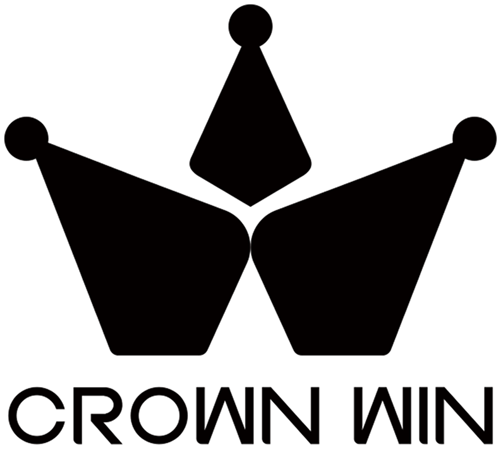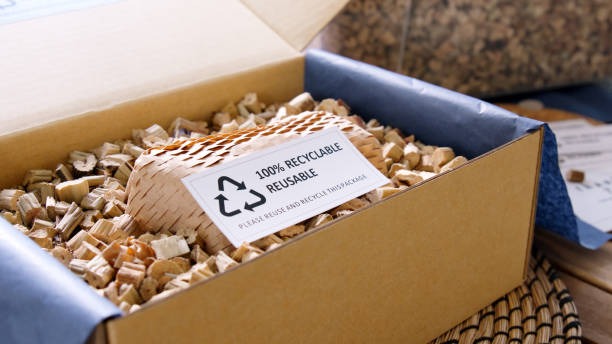
Introduction
The physical first touch with your customers in the world of ecommerce is very likely to be your packaging. It is the truth, which can or cannot retain the customers, impact on the perception of a brand, and decide whether or not a one-time customer turns out to be a loyal supporter. Research indicates that forty percent of the consumer will make repeat buying decisions based on the brand that offers superior unboxing experiences and fifty two percent would suggest a brand based on memorable unboxing experience alone.
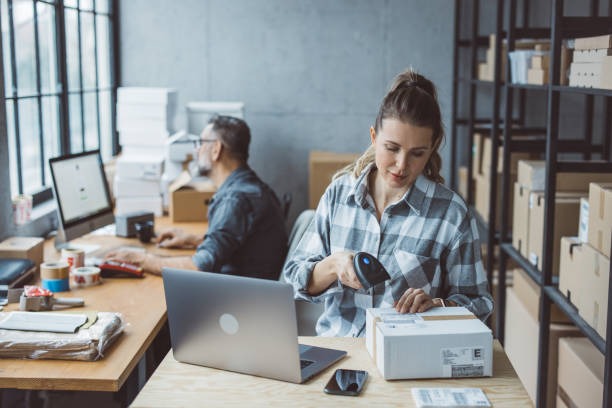
This is a one-stop shop that will help answer the burning questions that any ecommerce business would be concerned with: What makes really effective ecommerce packaging? What are you doing to strike a balance between cost and sustainability objectives and outstanding customer experience? What are the current trends developing in the industry? At the close of this paper, you will possess practical knowledge that can transform your packaging into a moving brand difference that secures your products, entertains your customers and further business expansion.
What Is Ecommerce Packaging

Ecommerce packaging is defined as the special material and designs and system of transporting product to the consumer directly through the online sale platforms. Contrary to the conventional retail packaging that occupies the shelf of the stores and is based only on the shelf appeal and product information, the ecommerce packaging has several interconnected purposes: safeguarding the products on the way which may be rather rough, creating the memorable brand experiences, and adapting to the price and logistics restrictions of the shipping.
The basic contrast is in the process and intent. Retail packaging is packaged so that it can be displayed, identified with the products fast and handled in stores. However, the packaging of ecommerce has to be resilient to sort facilities, delivery trucks and other handling environments before arriving at the doorstep of the customer. It is also the physical introduction to your brand, literally becoming your online window display in the hands of the customer.

Take into account different situations: a fragile jewelry should be packed in a cushy and safe way that should also project an image of luxury, and electronics must be anti-statics and have definite handling guidelines. Fashion goods enjoy the packaging experience which adds value to the unpacking process and makes the brand image more appealing, whereas food items require a fresh appearance and the impact of temperatures. The individual categories will have their own packaging solutions that have to be considered based on the nature of the product and the expectation of the customer.
Types of Ecommerce Packaging Materials & Styles
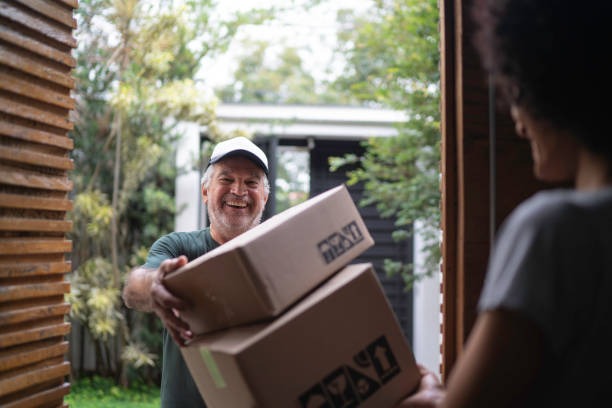
Rigid and Corrugated Boxes Rigid boxes provide the best presentation and high security of high value products, luxurious goods and very delicate products. These boxes are not affected by pressure but are very conducive to branding; they can be custom printed, embossed and finished. Single, double, or triple-wall constructions are made of corrugated shipping boxes, which have different degrees of protection and have affordability in daily shipping requirements.
Flexible Mailer Options mailers are lightweight and water-resistant packages, which are used in the delivery of non-delicate goods such as clothing and accessories. Padded mailers combine flex and cushioning either by the use of bubble lining or foam inserts and would be suitable with books, small electronics or cosmetics. Bubble mailers are a superior shock absorber of sensitive products and reduce shipping weights and dimensional fees.
Protective Packaging Solutions The contemporary protective fillers have evolved even more than the usual packing peanuts to be moulded pulp inserts, air cushions, paper-based void fill, and tailored foam solutions. The various alternatives have various trade-offs in terms of level of protection, environmental impact and cost. Inserts are molded to deliver perfect positioning of the products and to offer high-quality presentation, whereas air cushions are designed to offer space-saving protection, which can be inflated on-demand.
Balancing Protection and Efficiency Finding the right balance of Protection and Efficiency The major dilemma is to achieve the best balance between complete protection and shipping efficiency. The costs and environmental impact of over-packaging is increased whereas under-packaging is dangerous as it may lead to damage and customer dissatisfaction. The intelligent packaging design takes into account the product weakness, distance to its shipping location, intensity of handling, and customer expectations to decide the level of protection that is required.
Key Components of Good Ecommerce Packaging
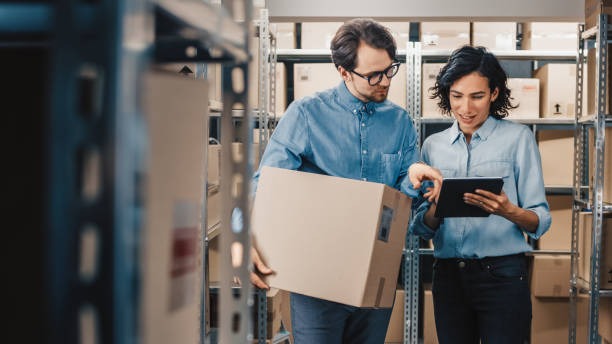
Durability and Protection Adequate ecommerce packaging should maintain the strength in the demands of the present day shipping networks, such as automated sorting, temperature fluctuations, exposure to moisture, and transfer between different hands. This involves a keen choice of materials, design of the structure and the mode of closure that ensure that the structure holds integrity during the shipping process and that the products are not damaged during the shipping process that may lead to returns, refunds and customer satisfaction.
Strategic Branding and Design Elements is your mobile billboard, brand ambassador. Regular use of logos, brand colour, type and message builds recognition and strengthens the brand. Think about the combination of the communicative elements of a packaging design to express your brand values be it luxuriousness, sustainability, innovation, or reliability. A cohesive brand experience is created by a custom tape, tissue paper, stickers, and printed materials.
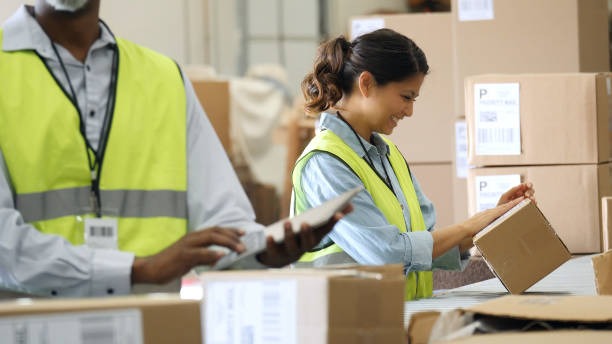
Unboxing Experience and Customer Delight The experience of unboxing has been an important differentiator in online shopping. Considerable packaging design can produce surprise and delight customer moments and share such moments on social media, which give organic marketing value. This can be in the form of layered reveals, customized messages, sample products or interactive features that can ensure that opening your package feels more like opening a gift, than getting a boring delivery.
Sustainability and Environmental Responsibility The importance of environmental practices among modern consumers has led to the propensity towards choosing brands with respect to their environmental practices, which makes sustainable packaging an ethical requirement and a competitive edge. This includes the choice of recyclable, or compostable materials, the reduction of the size of packaging volume, plant based inks and reusable design. By communicating such efforts in terms of clear labelling and messaging, you can make customers aware and value your behavior towards the environment.
Cost & Operational Considerations

Understanding the Investment vs. Return Equation Packaging costs are to be considered in terms of their effects on brand perception, customer satisfaction and business value in the long term. Though more expensive to invest in than regular packaging, premium packaging may prove to be worthwhile due to the greater customer loyalty, the sense of higher product value, the lower rate of returns, and the promotion of more visibility in the social media. compute the overall cost of packaging in terms of materials, localization, storage and transportation so that informed decisions can be made.
Strategic Sourcing and Supply Chain Management A successful packaging program must have good supplier relationship, right amount of orders to keep costs down and feasible lead times to accomplish customization. You may want to consider suppliers who are able to expand with your business, provide assistance in designing and being able to maintain a constant quality. Compare minimum order quantities with your storage and cash flow needs, and never neglect to have backup relations with suppliers of key parts of your packaging.
Shipping Cost Optimization Dimensional weight pricing by carriers implies that the packaging size and weight directly affect the shipping costs that can be eaten up easily in profit margins. Maximize the use of packaging so that the shipments occupy the size of a standard shipping box and reduce the amount of empty space with strict protection. Reflect on the impact of packaging decisions on shipping areas, options on speed of delivery and carrier limitation since they play a significant role in overall fulfillment costs.
Regulatory, Practical & Logistical Considerations
Compliance and Labeling Requirements There are multiple laws and regulations that ecommerce packaging must adhere to when handling the products, shipment, and carrier laws. This consists of appropriate hazmat labeling of batteries or chemicals, consumable food safety and international shipping forms. Keep up with the evolving rules and make sure your packaging does not pose a challenge but helps to comply with the laws.

Carrier Constraints and Shipping Considerations carriers have certain stipulations on package sizes, weight, prohibited material, and handling. The knowledge of such limitations will prevent the delays, extra expenses, or shipment refusals. Create packaging systems that fit the networks of your partner carriers and how the packaging options may restrict your shipping possibilities or raise expenses.
Quality Assurance and Testing Protocols procedures are implemented to verify that the packaging will perform as per the real-life performance. This may involve drop tests, compression tests, exposure to environment and vibration tests to make sure that your packaging is safe to protect products during shipping process. Frequent quality audits assist in determining problems that may arise before affecting the customers and give results to be used in the constant way of improvement.
Choosing the Right Packaging for Shipping
Product-Specific Packaging Strategies The various products need different packaging strategies. Anti-static materials and accurate fitment are beneficial to electronics in order to avoid motion during shipment. Personal care and cosmetics should be in leak-proof containers, temperature-wise. Wearables should have wrinkle resistant capabilities and moisture resistance, and be cost effective. Also align packaging strategy with unique product attributes and weakness areas.
Optimization Principles Effective The shipping packaging process involves a variety of conflicting goals: dimensional weight charges should be minimized and still be able to offer sufficient protection, material costs should be lowered but still give a brand presentation, and it should be easy to handle by automated means and still be easy to open by the customer. Design your packaging using a program or use an experienced supplier to model the various alternatives and find the best alternative to fit the products that you offer and the shipping pattern that you have.
Sealing and Protection Best Practices sealing methods are used to prevent tampering of packages and also make sure that the contents are not tampered during the shipping. This involves proper use of tapes, reinforcement of heavy objects of closure and damp covers to sensitive products. Think of the way customers will open packages – easy-open packages can improve customer experience, and tamper-evident sealing can give customers the feeling of security.
Enhancing the Customer Experience
Creating Memorable Unboxing Moments opening into engaging brand experiences due to careful design details. Add tissue paper to the layer products, add handwritten thank-you notes, offer sample products or promotional items, and create visual reveals that create anticipation. Think about the packaging aspects which can be photographed and shared on social media, unboxing content made by customers is a great source of organic marketing.
Packaging as a Brand Communication aspect of your packaging tells brand values and personality. The luxury brands may focus on quality materials and high-tech design, whereas eco-friendly brands may focus on recyclable materials and waste reduction. Make sure the package design is consistent with your general brand strategy and supports the messages you want your customers to relate to your products.
Loyalty and Repeat Purchase Integration Use packaging as a means of encouraging repeat purchases by using the information of a loyalty program, an exclusive offer to the next purchase, or a referral incentive. QR codes can be linked to a special content, product registration or customer service materials. Think about the use of packaging to prolong the customer relationship after the purchase and establish the touchpoints of continuous interaction.
Sustainability & Eco-Friendly Practices
Consumer Expectations and Market Trends consciousness has still impacted on the purchase decision and a research indicates that 73 percent of the customers would switch their shopping patterns to lower environmental effects. Sustainable packaging is especially important to younger demographics, and it is necessary to the brands which address the needs of millenials and Gen Z customers. Green packaging usually has a higher price and creates a good brand image that leads to customer loyalty in the long run.
Sustainable Material Options and Certifications Modern sustainable packaging consists of recycled content materials, compostable films, plant-based cushioning, and reusable containers. See the certifications such as FSC (Forest Stewardship Council) of paper items, BPI (Biodegradable Products Institute) of compostable material, and Cradle to Cradle of overall sustainability. Collaborate with suppliers with whom documentations and transparency regarding environmental practices can be made.
Communication and Customer Education customers and the entire community clearly on your sustainability initiatives by labeling packages and providing inserts and via the Internet. Educate customers on how to recycle or dispose of packaging material correctly, and measure the benefits to the environment where possible. Being open on your sustainability journey process, what challenges you face and what you do to improve it earns you customer trust, and shows your genuine interest in environmental responsibility.
Current & Emerging Trends in Ecommerce Packaging
Smart and Interactive Packaging Technologies QR, NFC chips, and augmented reality: Packaging is becoming an interactive experience with the new technologies. Such technologies may deliver product verification, the use guide, brand narratives, or exclusive digital information. The smart packaging can also allow tracking of the supply chains, customer engagement analytics, and personalized marketing opportunities and all these opportunities are not limited to the first purchase.
Technology-Driven Customization and Efficiency Artificial intelligence and machine learning are transforming the packaging design by creating automated custom-fit designs, demand planning, and custom packaging experiences. Print-on-demand technology enables packaging that is highly customized yet minimum order requirements are significantly reduced and automated packaging systems minimize resources used and lowers labor expenses.
Circular Economy and Reuse Models Innovative brands have been testing the models of the circular business with no waste, replaceable containers, and models of the pack with a back option. These strategies usually entail deposit, reverse logistics, and customer education, yet they have the potential to establish effective competitive separation and attract conscious consumers to the environment and may help decrease the packaging expenses in the future.
Common Mistakes & How to Avoid Them
Design vs. Function Balance There are numerous brands who invest more in eye-catching package designs but do not think of how it can safeguard products in transit thus destroying goods, causing a rise in customer grievances and returns. On the other hand, strictly functional packaging may exclude the possibilities to provide positive brand experience and stand out of the crowd. The packaging strategies that are the most effective combine both the beauty and functionality with the considered design and testing.
Underestimating Shipping Realities Lack of consideration of real-world shipping conditions causes damage to products, customer dissatisfaction and extra expenditure. The packages are also subjected to drops, compression, vibration, extreme temperatures, and exposure to moisture on their way. Test package the product in realistic conditions and put in the right safety margins as opposed to designing to the ideals which do not match the real shipping conditions.
Sustainability and Cost Miscalculations There are those brands that are going to base sustainability efforts without thinking of total cost which includes material premiums, minimum lots, and acceptable to the customers. Some are unresponsive to the increasing consumer demand of environment-friendliness, and fail to capitalize on the brand differentiation. Effective strategies strike a balance between long-term sustainability objectives and viable business activities and effective communication with customers regarding environmental advantages.
Case Studies or Examples
Luxury Fashion Brand Transformation A luxury brand of accessories substituted generic poly mailers with ornate rigid boxes with magnetic closures, branded tissue paper, and individualized thank-you cards. Although packaging was raised by 40 percent, the company realized that its retention rates had gone up by 25 percent and their unpackaging experience was being spoken about on social media 60 percent more. The number of customers who continued their relationship with the company grew considerably, more than compensating the extra investment in their packaging, and indicating the ROI of the premium packaging experiences.
Electronics Retailer Optimization Success A retailer in the electronics industry repackaged their packages to remove large boxes and decrease void fill needs. They have lowered overhead expenses on shipping costs by 15 percent, and damage claims by 30 percent, by using custom-fit packaging and switching to more robust materials. The streamlined packaging also led to an increase in warehouse efficiency and estrangement programs, establishing benefits in several areas of work and demonstrating that optimization can optimize costs and client satisfaction.
Practical Tips / Checklist for Implementation
Supplier Selection Criteria Appraisal When considering the packaging partners, it is necessary to examine their design capabilities, production capacity, quality control processes, and sustainability practices. Asking samples, reference lists of related businesses and cost breakdowns such as set up fees, minimum orders and lead times. See how they are able to grow with you, give them design support as well as remain consistent in their quality standards with changing volumes of orders.
Essential Questions for Packaging Suppliers suppliers to answer questions about experience in the specific category of the product, the option of customization, testing, and reliability of the supply chain, and so on. Questions to be asked include: Material sourcing, certification standards, and are they doing anything with a rush order, and how they do continuous improvement. Learning their client support processes, problem solving procedures, and standards of communication would be useful to make the long term partnerships fruitful.
Implementation Planning Process on your packaging program (budget limits, schedule needs, measures of success). Test and build prototypes before investing in large scale production. Prepare inventory scheduling, warehousing needs, and personnel training needs on new packaging processes. Establish feedback lines to keep a check on customer feedback and operational performance to keep optimizing.
Conclusion
Efficient ecommerce wrapping is a strategic investment, which goes beyond mere product wrapping, which is a strong instrument of brand distinction, customer experience improvement, as well as business expansion. The most lucrative brands understand the effects of packaging choices to include delivery expenses and customer satisfaction as well as environmental awareness and publicity. Through a wise combination of protection, beauty, sustainability, and cost factors as well as keeping an eye on new developments and technologies, companies can turn packaging into a competitive edge that it is necessary to spend on. Action steps: Conduct an audit of your current performance with regards to packaging, conduct a survey regarding the current performance of your packaging and how strategic packaging changes can yield tangible business outcomes, and how the specifications can lead to the memorable brand experiences that will transform one-time buyers into your worst fans.
